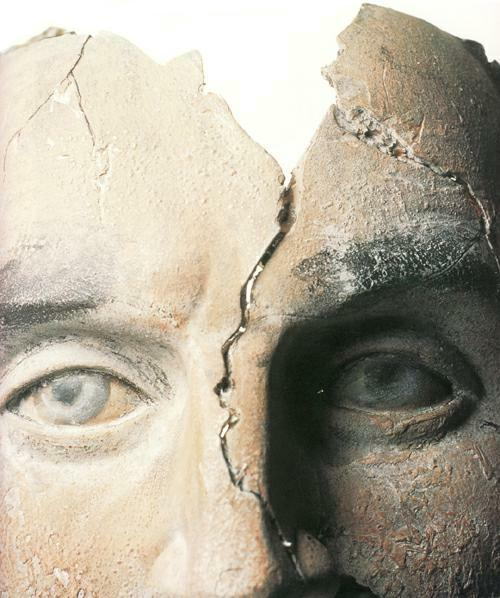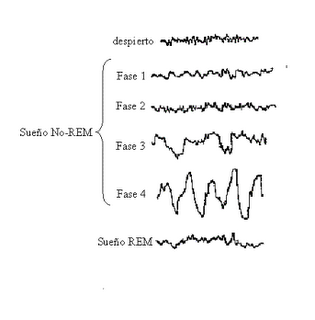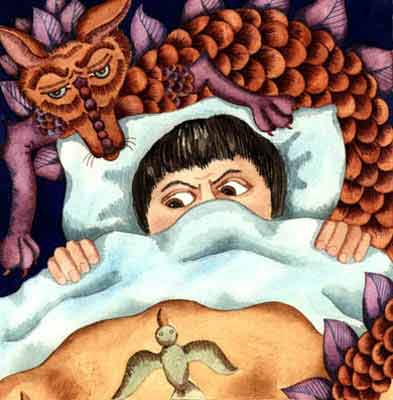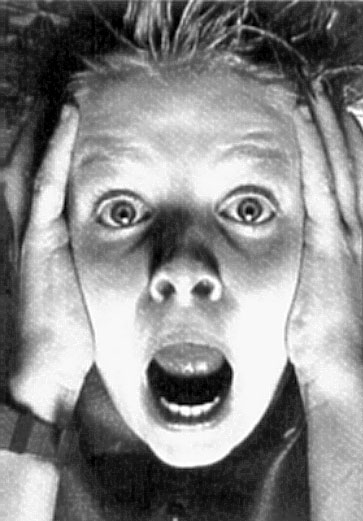
In ancient times, lucid dreams were regarded as messages from the gods or predictions for the future. It was only in the XNUMXth century that they began to be studied from a more "scientific" point of view. But then very little was known about this dream world since the techniques available at that time only allowed us to make hypotheses that could not be verified.
Thus, Freud spread the idea that dreams cannot be interpreted as they appear, but in a completely different way, because they reflect complex psychological mechanisms that are hidden in the unconscious. In this way, popular psychology spread the idea that has continued to this day: dreams contain a hidden message. But is it really so?
During sleep, our ability to process stimuli from the environment is minimal, but in any case, our brain continues to process certain information on the basis of fragments of information that we have acquired during the day, with which it builds images, ideas. and narratives to bring dreams to life.
Therefore, we can say that dreams are not an activity that occurs randomly, but have a meaning and an important role both in the consolidation of memory and in the planning of future events.
In the 70s, Allan Hobson and Robert McCarley put forward the hypothesis of activation-synthesis, according to which lucid dreams originate in brain stem activity and are an attempt to give an order to the enormous amount of information we have faced during the day (note that our brains actually process more data than we are aware of).
It is now known that during REM sleep, brain stem activity actually increases.
With modern neuroimaging techniques it has been seen that during REM sleep areas such as the parietal and paralimbic association areas are activated, but the primary sensory cortex and the frontal executive regions are not activated. This peculiar brain activation explains why dreams have that strong emotional and social load, despite having serious deficiencies from the logical-spatial point of view.
The hypothesis of spontaneous cognition
In recent years, neuroscience has suggested that lucid dreaming is a kind of "spontaneous cognition," much like phenomena such as daydreaming or being clouded. Their peculiarity depends on the fact that memory plays a crucial role.
In fact, if you recall a recent experience, there is a good chance that it will present itself in dreams. For example, when lucid dreams were analyzed, it was found that 51% of them had some characteristic that was clearly inspired by a certain experience that the person had lived while awake. But only 2% of lucid dreams faithfully represent the specific event while most incorporate several elements.
In this sense, a very interesting study conducted by Harvard University leaves no doubts: the reactivation of certain experiences helps to generate lucid dreams. These researchers made the participants engage in an activity that generated a lot of excitement or required some degree of concentration (such as a video game). Later it was observed that, in half-sleep, images of the video game or ideas associated with it appeared.
In a second experiment, the researchers asked volunteers to complete a maze. Half of these were allowed to take a short nap of about 90 min. while the other half remained awake. Those who fell asleep and dreamed with the maze later showed better control of the activity and completed the maze faster.
Neuropsychological studies suggest that lucid dreams are not complicated and mysterious messages coming from the unconscious, but rather a cognitive process in which memory is consolidated and events that could occur in the future are simulated. They are nothing more than the fruit of the work of the brain that continues to process and organize information, especially that of an emotional nature.

























